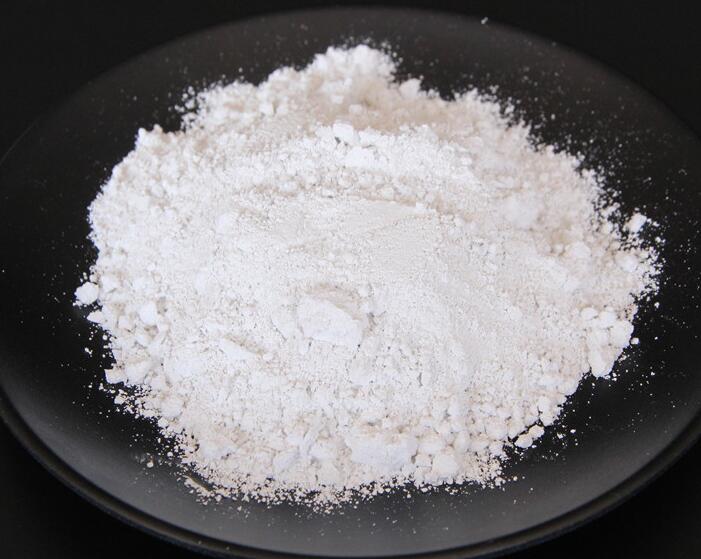Improving the hydration performance of magnesium oxide: from calcination of hydrated magnesium chloride to application

Magnesium oxide (MgO) has attracted much attention due to its wide application in construction, catalysis and flame retardancy. This article will explore how to improve the hydration properties of magnesium oxide by optimizing the roasting process of hydrated magnesium chloride, and how these properties affect its effect in practical applications.
Preparation method of magnesium oxide
Raw material preparation:
· Hydrated magnesium chloride: select hydrated magnesium chloride (MgCl₂·nH₂O) with high purity and uniform particle size distribution as the starting material.
Roasting process:
· Pretreatment: Dry the hydrated magnesium chloride at low temperature (100-150°C) to remove surface moisture.
· Roasting: Roast the dried hydrated magnesium chloride at high temperature (500-1000°C) to generate magnesium oxide.
· Cooling: The roasted product is naturally cooled to room temperature to obtain magnesium oxide powder.
Hydration mechanism of magnesium oxide
Hydration reaction: MgO+H2O→Mg(OH)2MgO+H2O→Mg(OH)2
Reaction kinetics: The rate of hydration reaction is affected by factors such as temperature, humidity, and specific surface area of magnesium oxide.
Factors affecting the hydration performance of magnesium oxide
Calcination temperature: A higher calcination temperature can promote the grain growth of magnesium oxide, reduce the specific surface area, and slow down the hydration rate.
Calcination time: A longer calcination time can increase the crystallinity of magnesium oxide, but too long a time may lead to grain growth.
Specific surface area: The larger the specific surface area of magnesium oxide, the larger the contact area of the hydration reaction and the faster the hydration rate.
Surface modification: Surface modification using silane coupling agents, titanate coupling agents, etc. can improve the surface properties of magnesium oxide and improve its hydration performance.
Thermal stability: TGA and DSC are used to evaluate the thermal stability of magnesium oxide powder.
Experimental results and discussion
Morphology and particle size: The morphology and particle size of magnesium oxide powder prepared at different calcination temperatures and times are different. Higher calcination temperatures and longer calcination times lead to larger magnesium oxide grains and wider particle size distribution.
Crystal structure: XRD analysis shows that the main diffraction peaks of magnesium oxide powder prepared under different calcination conditions are consistent with the diffraction peaks of standard magnesium oxide, indicating that the powder has high purity.
Specific surface area: BET test results show that magnesium oxide powder prepared at lower calcination temperatures and shorter calcination times has a higher specific surface area and a faster hydration rate.
Thermal stability: TGA and DSC test results show that magnesium oxide powder prepared under different calcination conditions has good thermal stability at high temperatures.








